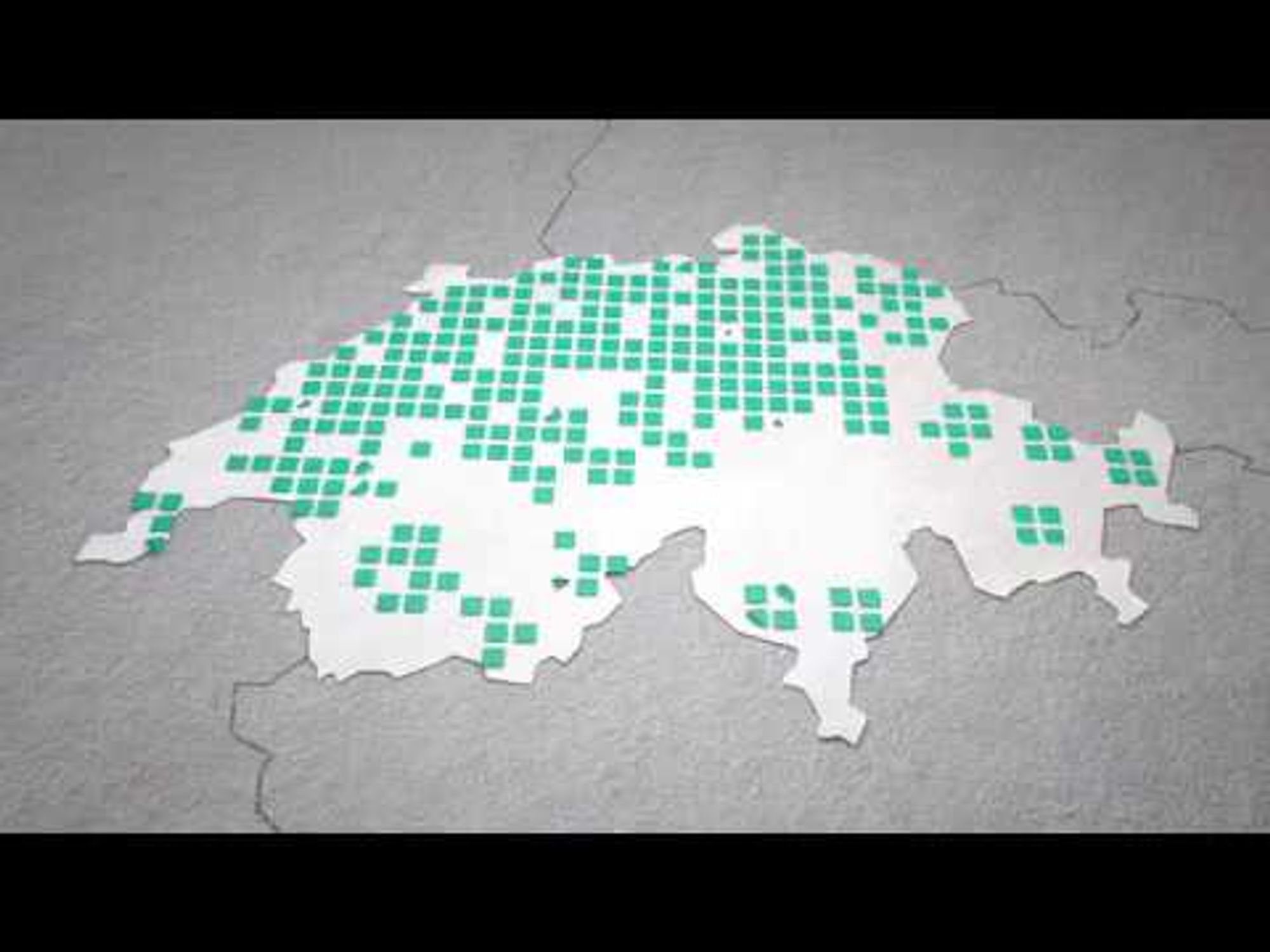Elon Musk was the one to put the hyperloop concept on the map, but it looks like it won’t be the U.S. to turn it into a reality. Europe is taking the lead when it comes to this groundbreaking solution for passenger and cargo transportation. And one of the European players that seem closer to demonstrating this is the company behind the Cargo Sous Terrain (CST) project.
Earlier this month, it was announced that a handful of European companies were launching the International Hyperloop Association. This is a historic first and something that solidifies Europe’s future role in this emerging mobility sector. The Association will be headquartered in Brussels, Belgium, and will act as an intermediary between the industry and the European Commission and European Parliament.
Many feared that the hyperloop dreams were dead and gone, but this initiative is trying to prove otherwise. The new organization’s inaugural President, Ben Paczek, has even stated that major developments in this sector are coming sooner than we think, over the next months.
Not that far away, over in Switzerland, a related project could become the first one to show some real movement before the end of this decade. CST is not exactly a hyperloop concept, and it’s not one of the founding members of this new Association. Its vision is quite different from what is conventionally defined as hyperloop, but is based on similar principles.
Hyperloop is a new kind of high-speed transportation system where capsule-like vehicles move inside special tubes with reduced pressure. It was described as a combination between an airplane and a train, and it was mainly aimed at passenger transportation. The CST system intends to stick to cargo (which will simplify things a great deal) and is more complex, combining underground and ground-level operations.
But both have similar goals – fast, efficient, emission-free, sustainable transportation. Although a private initiative, Cargo Sous Terrain is not one small player, but an umbrella organization that incorporates multiple Swiss companies in related fields, all of which will contribute to the implementation of the CST.
That’s because we’re talking about a complex logistics system that intends to connect the country’s major centers, both under and above ground. This implies the development of multiple sub-projects at the same time. It’s not just about developing a new type of vehicle, but also about hub locations, energy management, building tunnels, and the IT infrastructure that will control the entire system.
While others are trying to make trucks and trains more efficient, CST wants to replace them with something else entirely. The future cargo pods are tiny, fully-autonomous vehicles meant to operate around the clock at 30 kph (nearly 19 mph).
This would be possible thanks to a system similar to a conveyor belt. Powered through induction rails, the driverless pods would carry only a pallet or two, and pick up and deposit them on their own.
Special vertical lifts will enable the pods to switch from above-ground operations (where they load up at the designated logistics hubs) to the underground tunnels, where they carry the goods (including fresh ones) to the destination hubs. In this cargo system, suppliers don’t deliver their goods individually. Instead, the so-called micro-distribution is prepared in advance, and coordinated so that the entire process becomes faster and more efficient for everyone involved.
What the CST hopes to achieve is to drastically relieve the load on both rail and road freight transportation. While cargo drones will be playing a similar role up in the sky, these pods will move underground. CST claims that they could reduce heavy transportation of goods by up to 40% on Switzerland’s national roads.
And in case you’re wondering about the energy it would take to power this complex system, the Swiss company guarantees the use of 100% renewable energy sources. More importantly, it says that unlike similar projects (such as those for hyperloop passenger mobility) it has completed a detailed feasibility study, and that the project is based on real user needs and market requirements. In other words, it’s not just an attractive conceptual initiative, but a project that’s ready to be implemented.
Indeed, CST has a relatively-optimistic deadline for the initial phase of this large-scale cargo system. By 2031, it hopes to inaugurate the network’s first section, connecting Härkingen-Niederbipp to Zurich. This translates to approximately 43 miles (70 km) with ten hubs (or connection points) along the way.
From there, it will gradually expand to other centers in the country. In the end, this will add up to a little over 300 miles (500 km) for a brand-new cargo network connecting Lake Constance and Lake Geneva. But that is far down the road, somewhere in 2045.
And, of course, it won’t be cheap either. The total cost is estimated at $35 billion, but 3 billion CHF ($3.2 billion) will apparently be enough to finalize the first section. Plus, that money won’t be coming from government funds, but exclusively through private investment.
CST hasn’t started building its first tunnels yet, but it looks like it’s on the right track. Unless the new Hyperloop Association comes up with some spectacular plans in the near future, this might be the most advanced hyperloop-related project in Europe, as far as implementation goes. It might not be as flashy as the futuristic hyperloop pods, but it could change cargo transportation forever.
